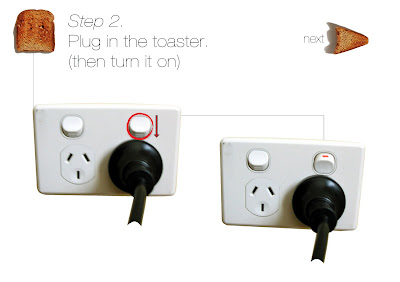
(1)
Information design is the method of turning facts, figures, numbers and statistics into useful information, and portraying this information in an appropriately designed way that expresses basic meaning to a targeted audience. This combines learning by computer interaction and human factor studies.
Information design and Instructional design are two forms that work hand in hand with each other. In a basic sense, what Information/ Instructional design is, relates to the expression of information such as facts and figures along with maximising the effectiveness of the way in which this information is articulated. Instructional design is helpful in showing responders how to do certain things. Below are a few good (and bad examples of Information/ Instructional design).

(2)

Here we have 2 extremely good examples of information/ instructional design. The first example is a poster made by the World Health Organisation outlining the devastating effects of poor hygiene in a confronting and effective manner. The second example is a chart referencing the deadliest drugs in the UK. As it is seen, it is a graph that is clear to read and understand.However, not all information design is clear. In fact, there is a number of poor examples when it comes to information/ instructional design. The picture below is a prime example of poor information design.

(4)
This chart is very muddled and confusing. This in turn shows how information design can be both good and bad. Although you can make sense of this chart after looking into it for a while. it is still in my books seen as poor design. due to the lack of text informing responders as to what is what.
(5)
This is a video which i believe is a good visual example of ways in which Information design can effectively be
portrayed.



















